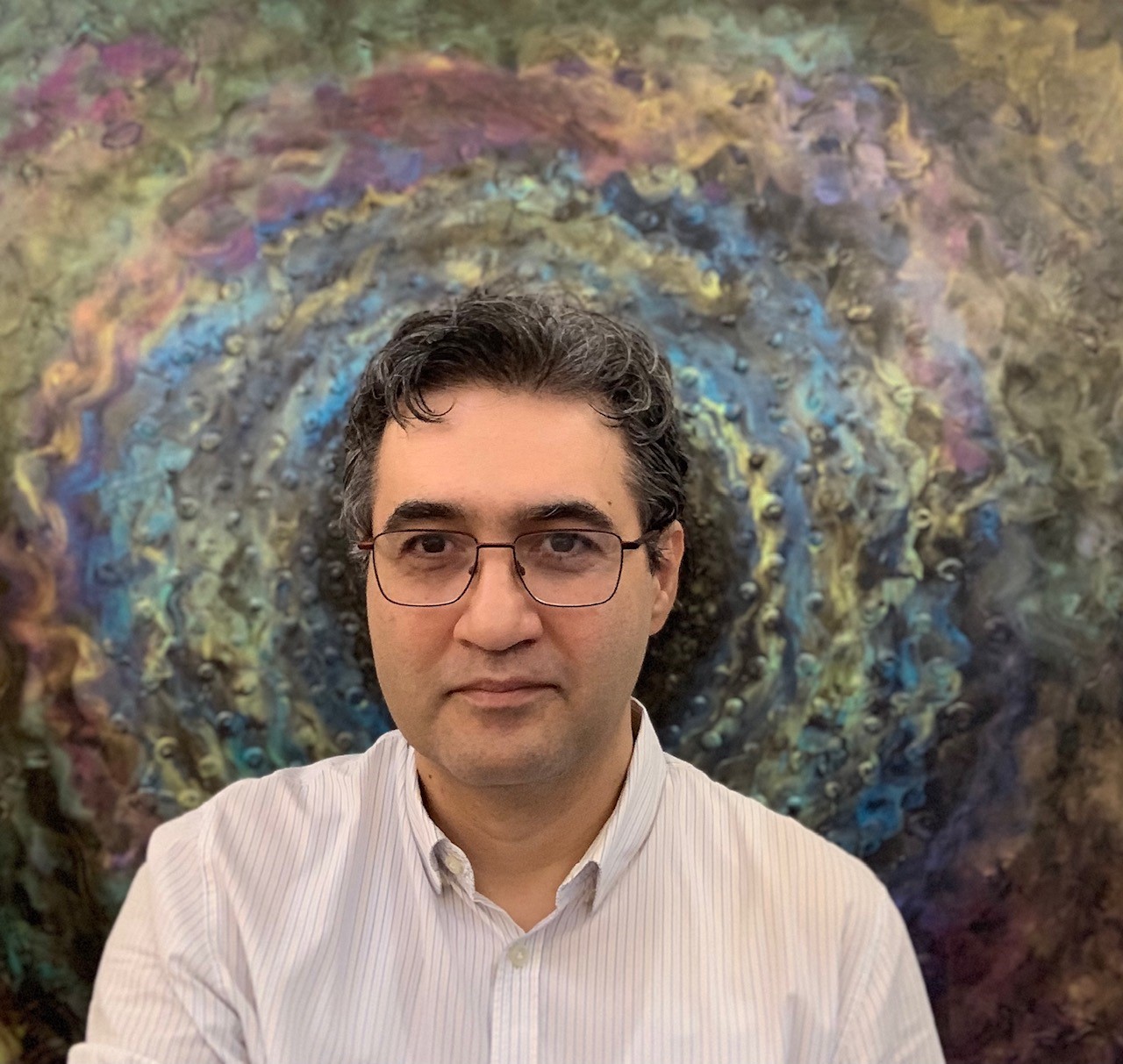PART VII: We are not dirt and dust, we are the nation of Iran
Monday, 15 June 2009
‘It’s a dead end,’ my friend said. ‘Mousavi, Khatami and Karroubi can’t do anything against the regime. And now that the Supreme Leader has congratulated Ahmadinejad, there’s no way the election is going to be annulled or a recount allowed. The only ones who can change the balance are the people in the streets.’
And that’s what happened on Monday, 15 June. The people, without any leader, spontaneously decided to march from Enghelab Square to Azadi Square, where the great rally against the Shah had taken place on Ashura day in 1978. Ahmadinejad’s remarkable feat of calling the protestors ‘dirt and dust’ had aroused widespread fury among the people. They had asked for a recount and in turn been insulted by the so-called President-elect. The murders in the university dorm fuelled that rage, and the energy that had built up over the past two months came rushing to the fore.
At the same time, the Revolutionary Guard spread the word that it was allowed to fire at the people. Mousavi, who had been under house arrest and could not communicate, released that day so that he could attend the rallies and ask the people to go home.
At four in the afternoon news that Mousavi had joined the demonstration spread through the city like wildfire. Millions left their homes and offices for Azadi Street. All my colleagues and employees set off in the same direction. I went out a little later and was soon a part of a sea of millions, walking through the huge boulevard.
How can I describe the rally, and the ones that followed over the next three days? It wasn’t just the numbers. I was experiencing such a poignant déjà vu. This was the place where, 30 years ago, Dad had brought me on his shoulders. The difference, now, was that the crowd was larger and more diverse. Boys and girls walked together, carrying green symbols, forming the V sign with their fingers, holding placards with slogans like ‘Where is my vote?’, ‘We are not dirt and dust, we are the nation of Iran!’, ‘The Epic of Dirt and Dust!’, ‘Liar! Liar! Where are the 63 per cent who voted for you?’ Poetry, an inseparable part of any kind of Iranian demonstration, was as much part of the protests as the Green Wave, now called the Green Movement.
The real dirt and dust is you,
You are lower than dirt yourself,
We are the passion,
We are the light,
We’re the wounded ones in love,
You are the oppressor,
You are blind,
You are the lightless halo,
We are the fearless valiant,
We are the owners of this land.
The outstanding thing was that everyone insisted on nonviolence.
‘We will not show violence. We are not like them.’ ‘We are all together, fear not.’
‘Keep silent. Our silence echoes in the heavens.’ ‘Don’t insult anyone.’
‘We want out votes back.’
The administration had been trying hard to limit the Green Movement to the middle classes. But nothing could be further from the truth. Those rallies brought together people from all classes: clerics, labourers, shopkeepers, religious people with beards, former Basijis who had lost their legs during the war joining the crowd on their wheelchairs, women with chadors, women without chadors, 10-year-olds, 80-year-old men and women. Those who passed by in buses or cars showed us the V sign, encouraging us. The shops on the way gave out free water and juice. The police stood by and didn’t dare do anything, either because the sheer numbers petrified them or because they had orders not to do so.
When we dispersed, we were sure that the Supreme Leader had witnessed the protests. That he had understood how upset the people were about the fraud. That he would now do something about it for certain.
But when we got home we heard that five of the protesters had been shot by the Basij after dark.


